Transport
The vast majority of railway traffic is carried out by locomotives, cars, wagons and railcars. However, there is a wide range of specialised tasks that require the use of vehicles with very precise adaptations. Some were brand new and others were the result of the process of reconversion of obsolete vehicles.
They include both special transports and various maintenance tasks, manufactured in small numbers and not frequently seen by the public. The result is a very diverse collection of which the Asturias Railway Museum has several examples.
These included vehicles for transporting heavy components, known as “trucks”, such as the one built in 1901 for the Trubia Weapons Factory. It transported blocks used in the construction of howitzers. For this purpose, it had three axles very close to each other that allowed the load to be better distributed.
Another specialised task was to check the scales for weighing the wagons, a crucial task in coal traffic. A good example of this type is the one from Fábrica de Mieres, which was modified in the 1960s from an old goods wagon.
A relatively common task in railway operations was the intervention in case of accidents. For this purpose, rescue vehicles were provided with the necessary tools to intervene if an accident occurred. ENSIDESA's extensive network had its own rescue van, painted in a striking yellow colour with black stripes and probably handmade.
Finally, different vehicles were used for the maintenance of the infrastructure, both towed and self-propelled. Among the latter, we can find the VG 6090 draisine, known by the nickname "Piolín" (Tweety) due to its yellow colour. It was used to transport the staff assigned to the electrical service of the Pajares ramp. It was built by the company Favias from Madrid, which was specialised in the manufacture of agricultural micro-tractors, and was equipped with the engine of a Seat car.


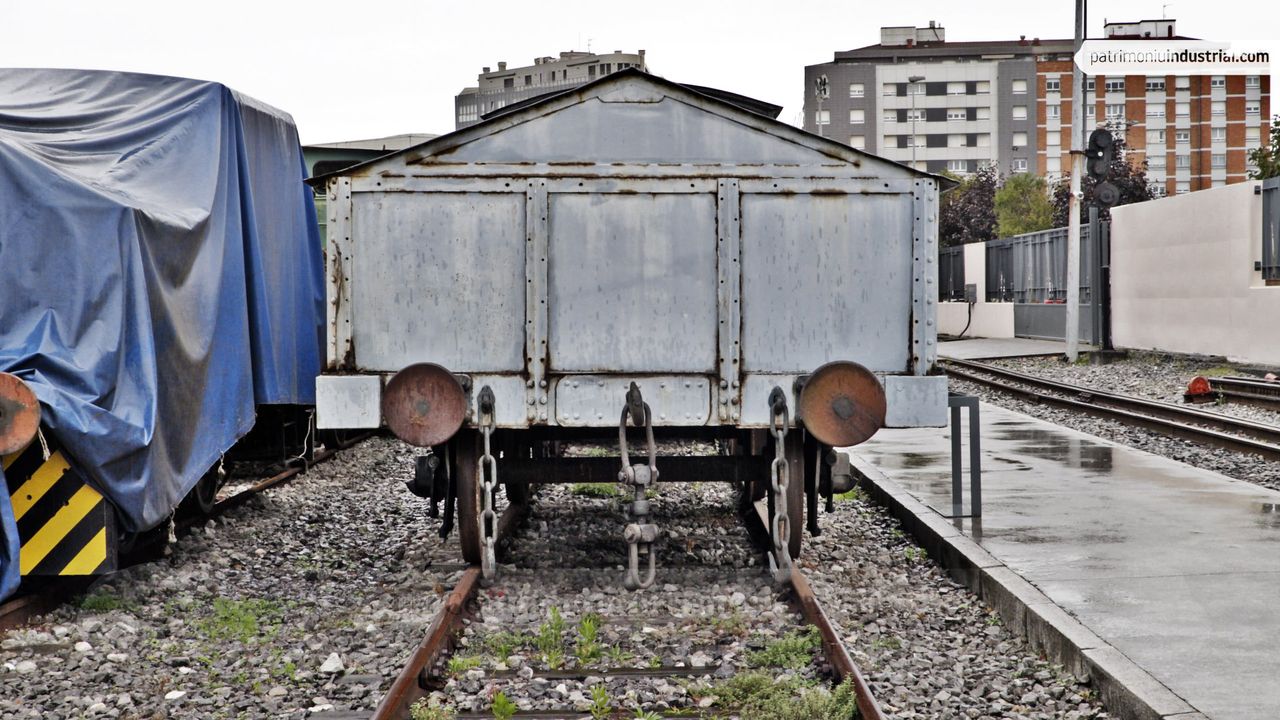
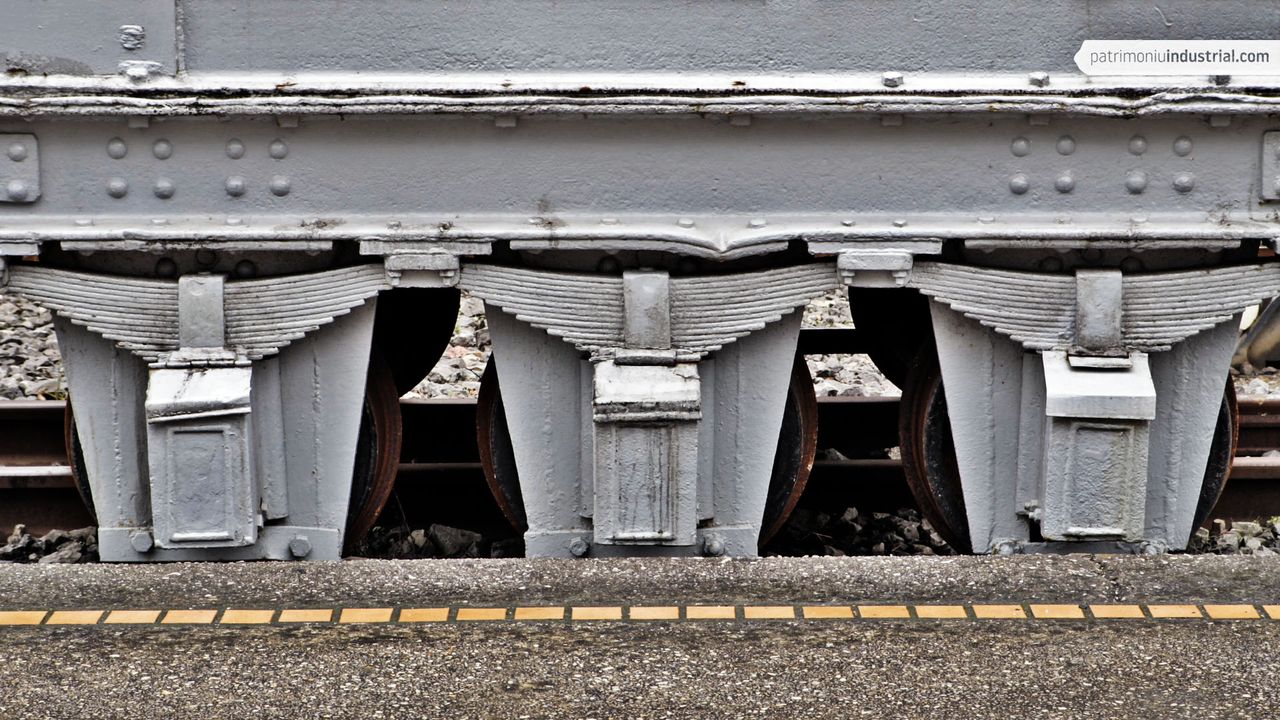
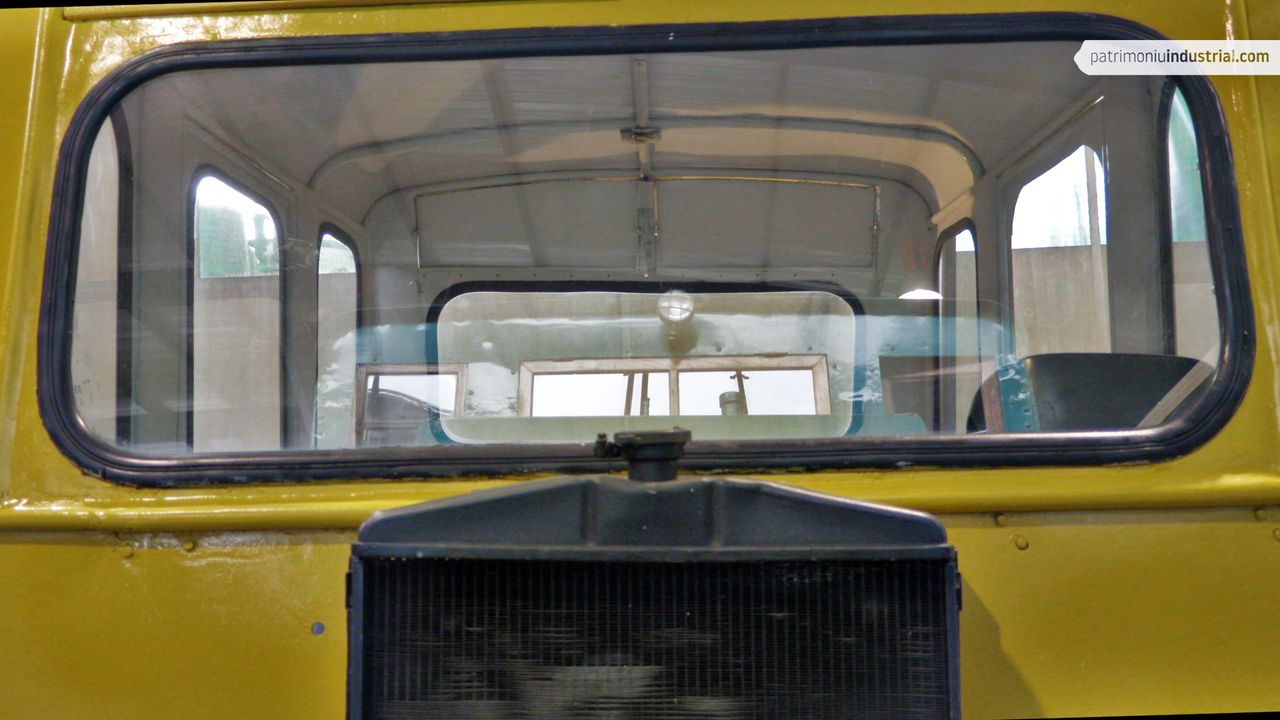
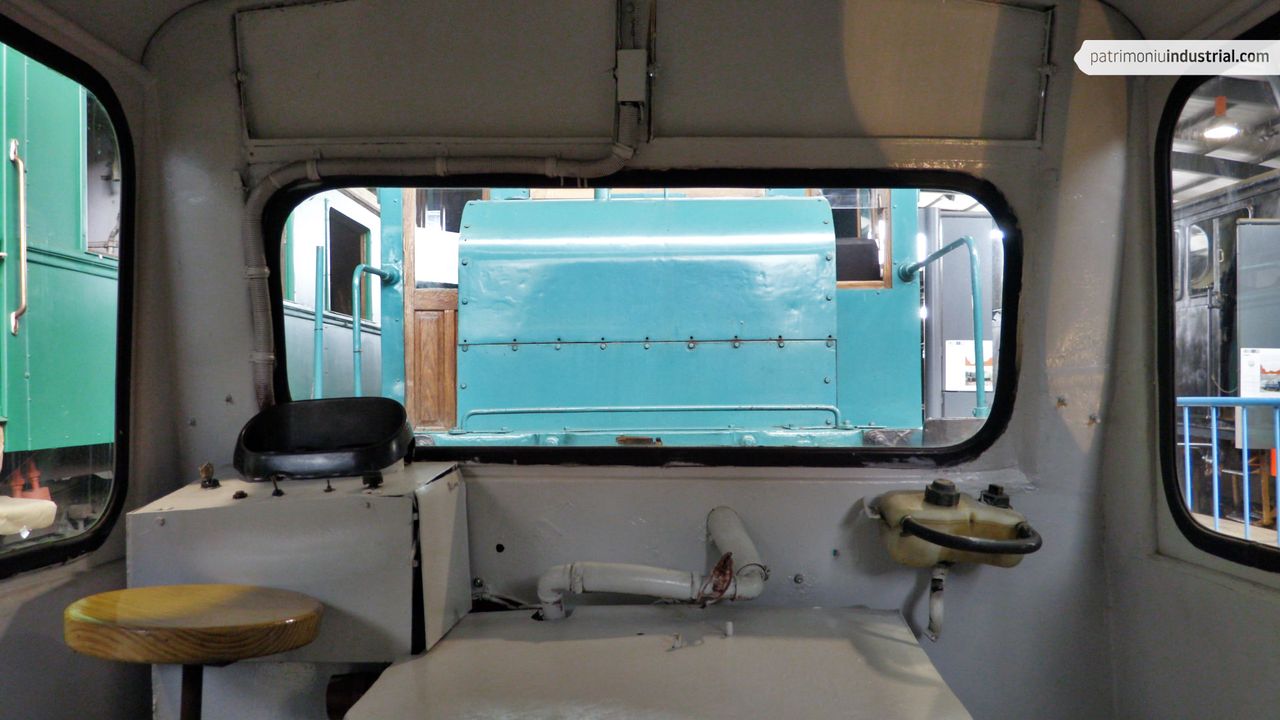
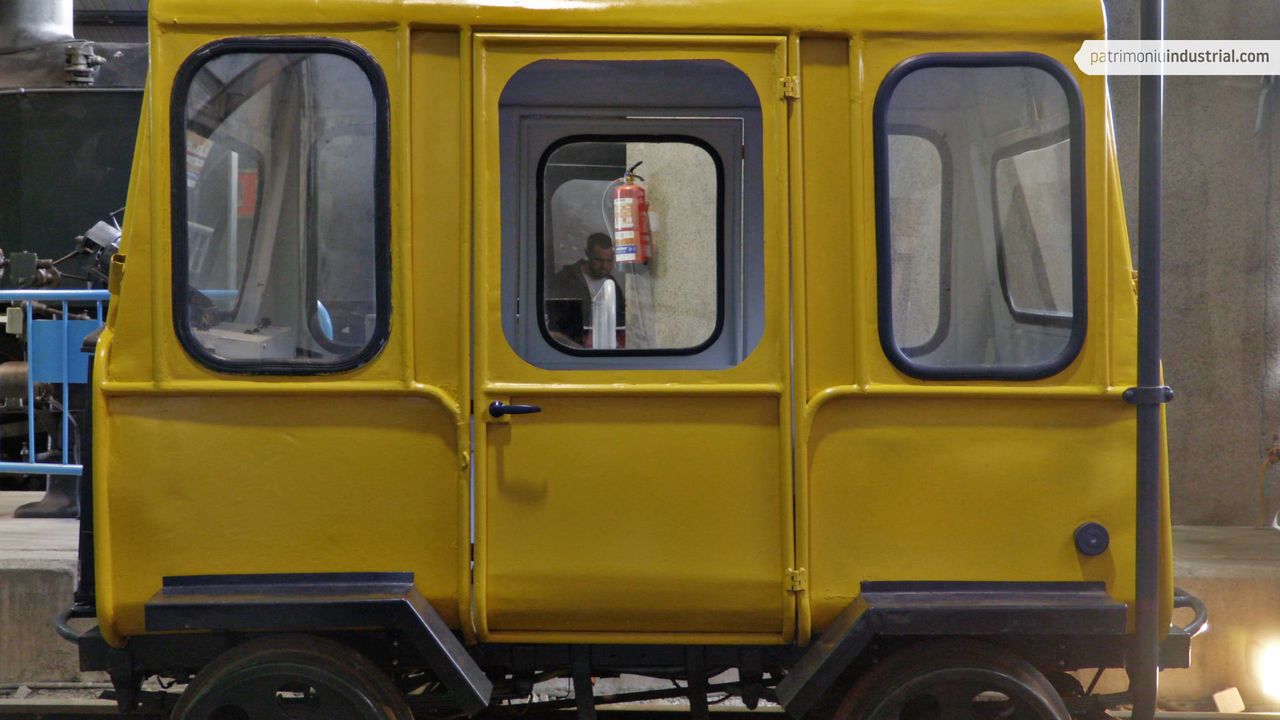



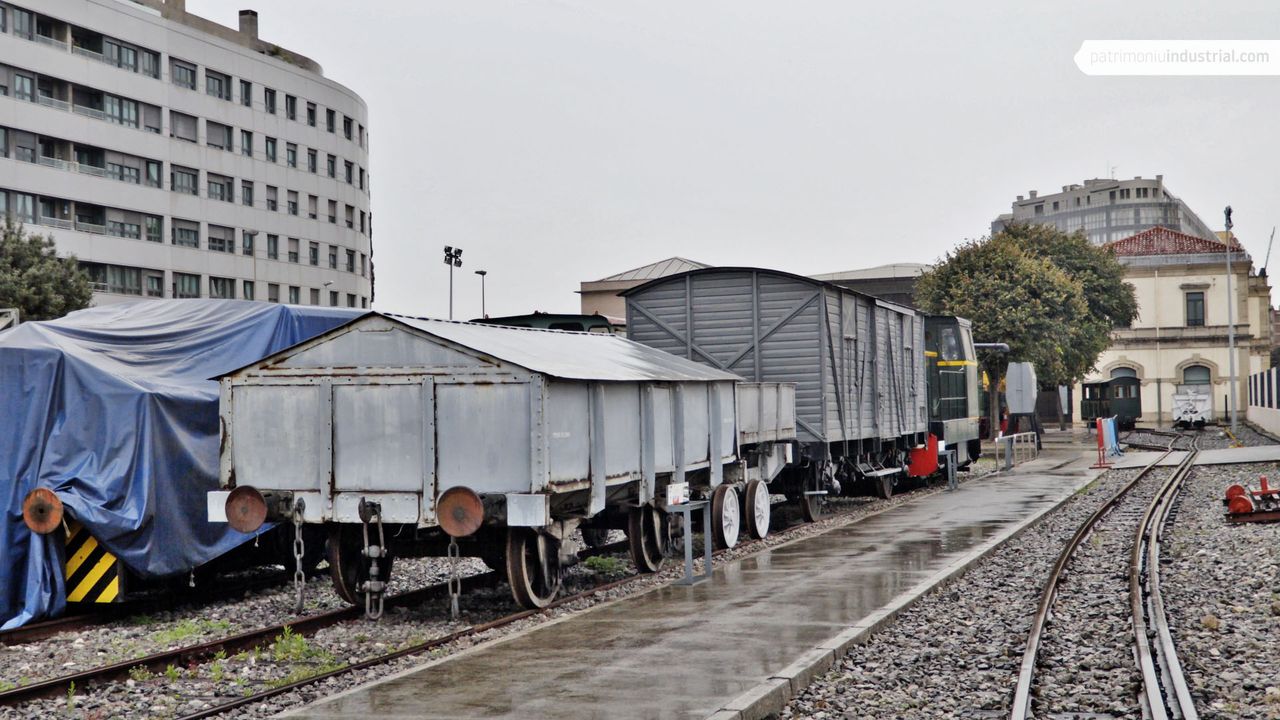
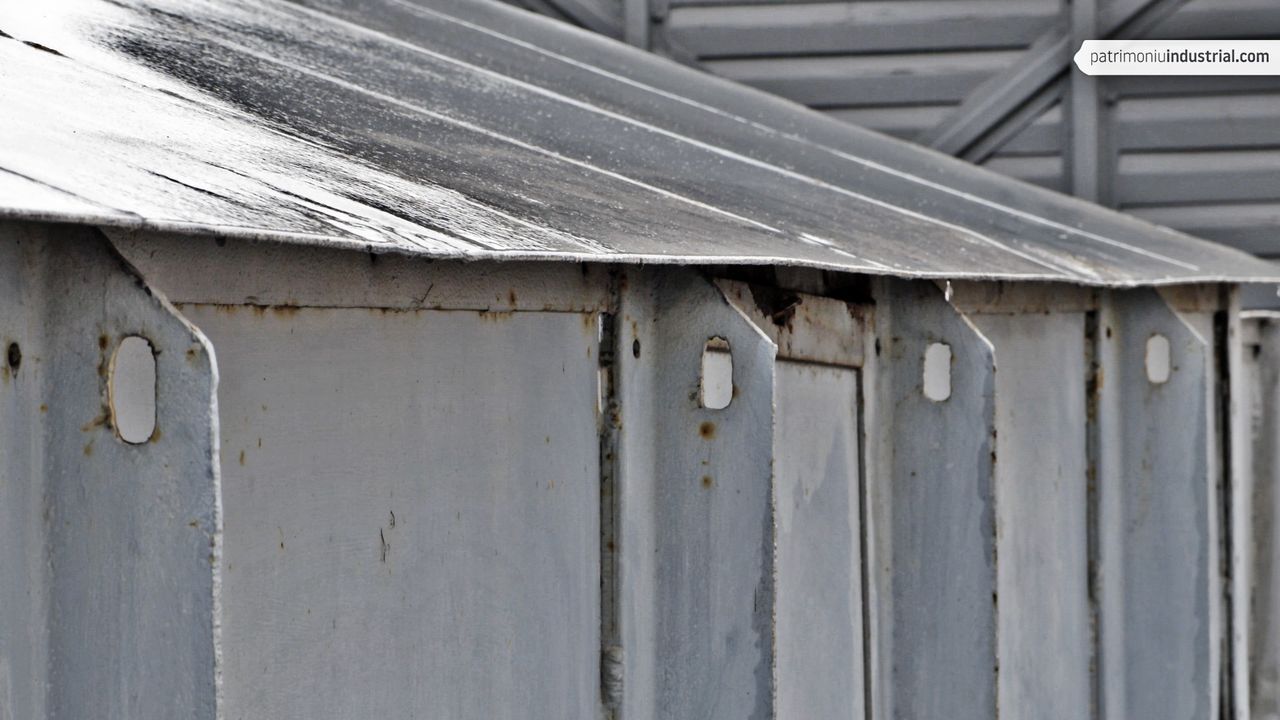
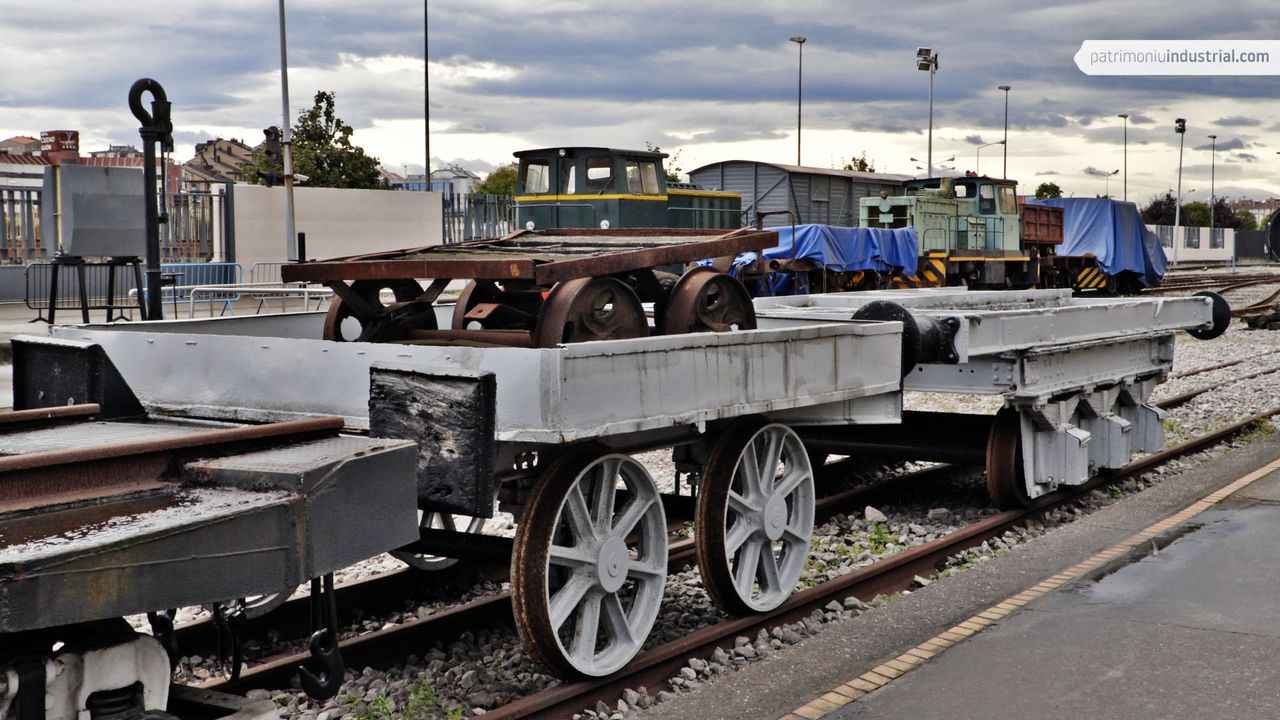
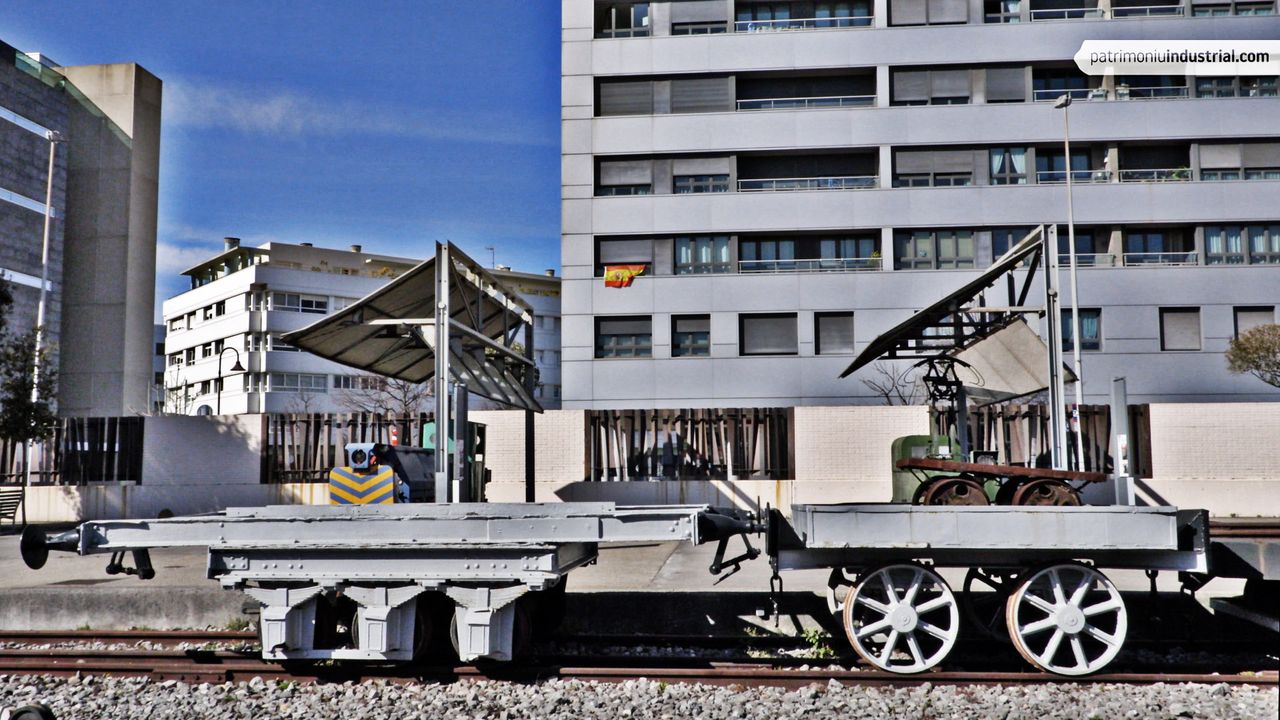
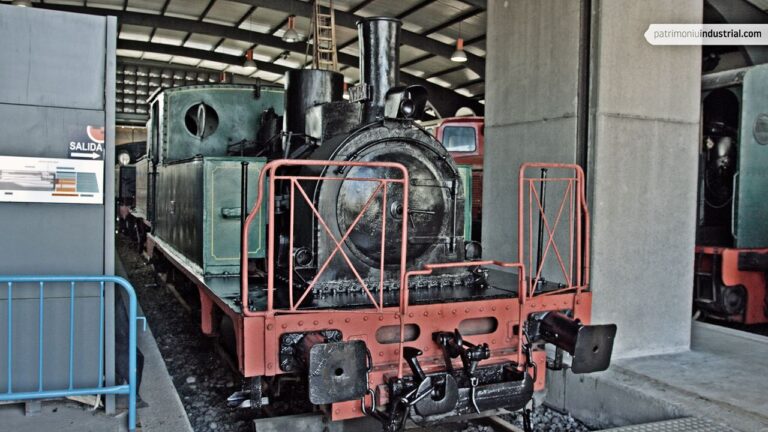
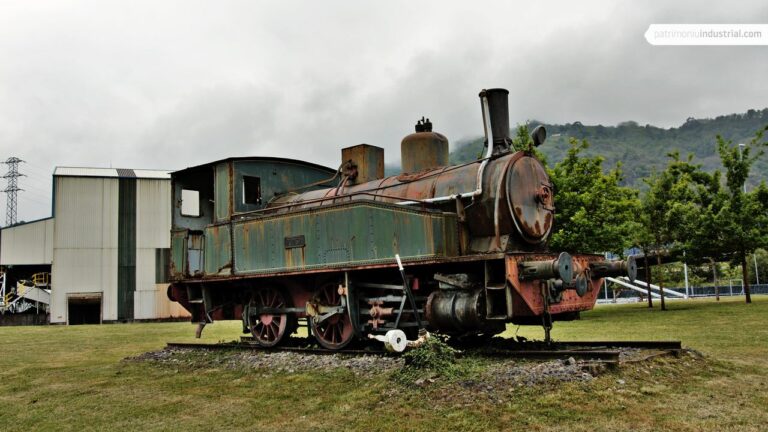


Recent Comments